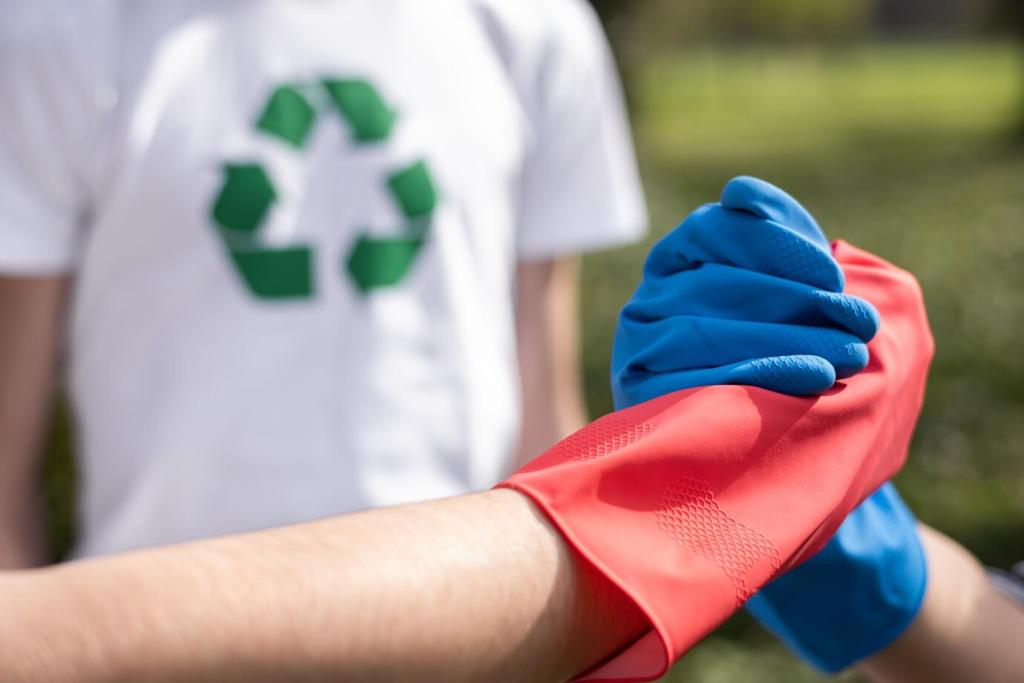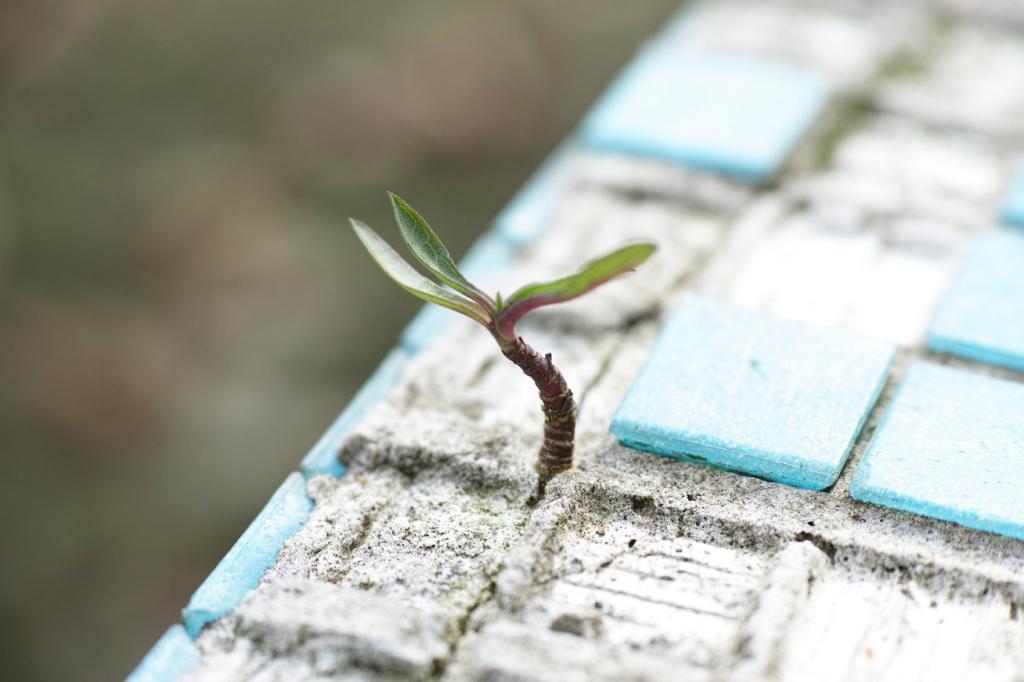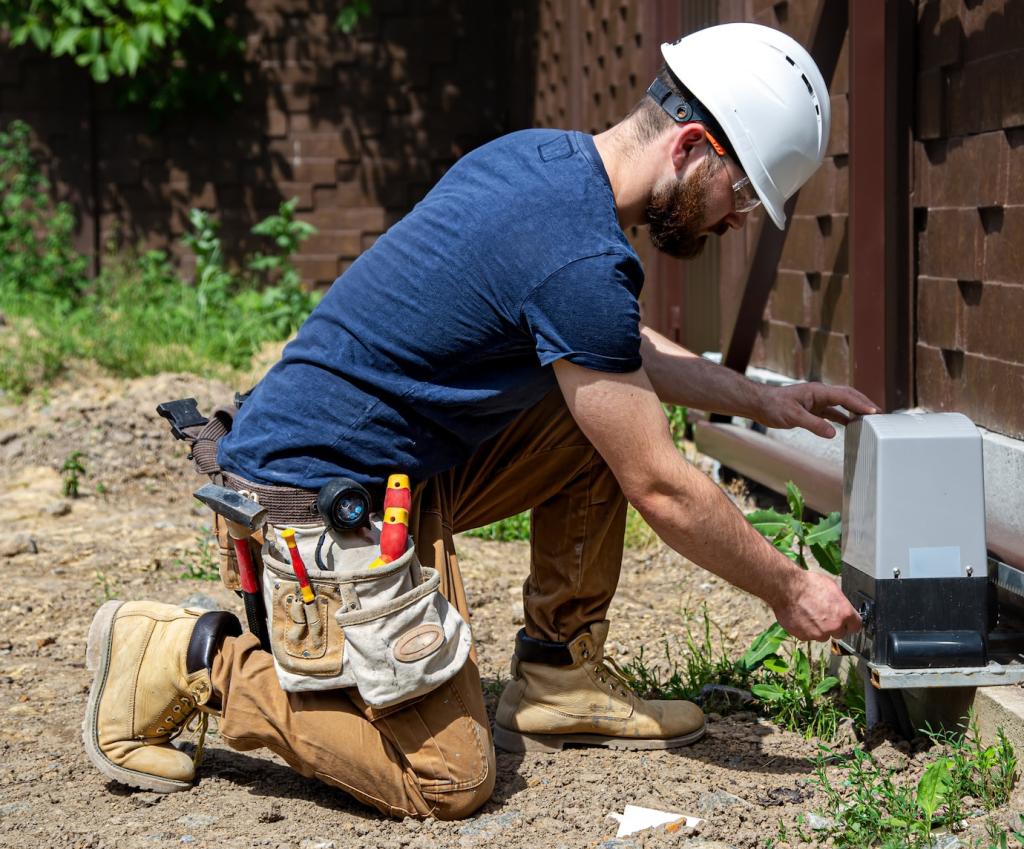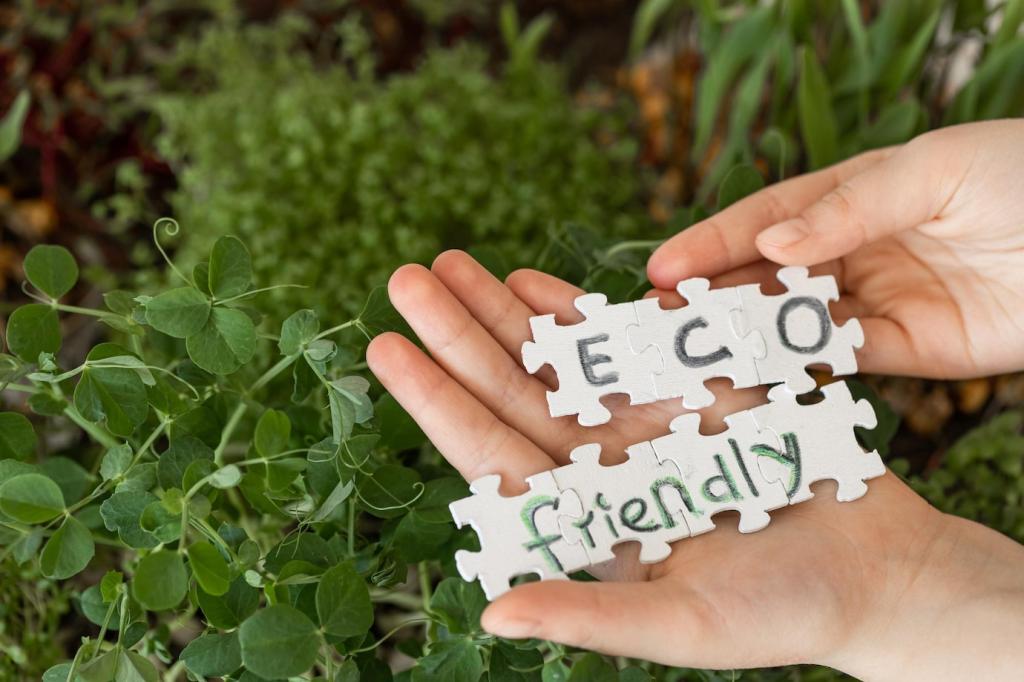
Fresh Seats, Clear Conscience: Biodegradable Upholstery Cleaners for Eco-Conscious Homes
Chosen theme: Biodegradable Upholstery Cleaners for Eco-Conscious Homes. Welcome to a home care journey where spotless fabrics meet sustainable choices. Discover how biodegradable solutions can revive your upholstery, safeguard indoor air, and reflect your values—without sacrificing performance or comfort.
Why Biodegradable Matters for Your Sofa and the Planet
A product labeled readily biodegradable typically breaks down under standard test conditions, such as OECD 301, within a defined timeframe. At home, this means fewer persistent residues, safer graywater outcomes, and a gentler impact on indoor air quality when you clean, lounge, and live on your favorite furnishings.

Why Biodegradable Matters for Your Sofa and the Planet
Many conventional formulas rely on strong solvents, synthetic fragrances, and optical brighteners that can contribute to indoor VOCs and lingering odors. While they may remove stains, they often leave unnecessary chemical footprints. Biodegradable options aim for effective soil removal with surfactants and enzymes designed to break down and disperse safely.
Plant-derived surfactants that lift soil gently
Look for alkyl polyglucosides like decyl or coco-glucoside, made from sugars and plant oils. These mild, effective surfactants help emulsify everyday grime without harsh residue. Paired with water and proper blotting, they loosen soil from fibers, making it easier to lift stains while keeping your upholstery’s hand-feel soft.
Enzymes for food, pet, and life’s little messes
Enzymes such as amylase, protease, and lipase target starches, proteins, and fats commonly found in spills. They work at low temperatures and break down into simpler substances, supporting biodegradability. Always patch test, avoid over-wetting, and gently rinse or blot with clean water to finish the treatment properly.
Red flags to minimize at home
Reduce exposure to nonylphenol ethoxylates, heavy petroleum solvents, unnecessary dyes, and strong synthetic fragrances that can linger. Skip optical brighteners, which falsely enhance whiteness but add no cleaning value to upholstery. If a label is vague, favor brands with full ingredient disclosure and clear biodegradability claims.



Fabric Codes and Methods: Cleaning Without Guesswork
01
W means water-based cleaners are generally acceptable; WS allows either water-based or solvent-based spotters; S calls for solvent-only; X requires vacuuming only. For S fabrics, consider specialized, bio-based solvent spotters like those using ethyl lactate, and always patch test. When uncertain, consult the manufacturer’s care instructions.
02
Microfiber loves gentle, low-moisture methods and quick airflow. Cotton can handle light water-based cleaning but still patch test. Wool blends prefer minimal moisture and neutral pH. Velvet benefits from careful blotting and grooming the pile in one direction. Across all fabrics, use biodegradable solutions sparingly to avoid water marks.
03
Use moving air, open windows, and fans to dry cleaned areas quickly and deter musty smells. Skip artificial fragrances; consider odor absorbers like activated charcoal pouches placed nearby, not directly on fabric. Quick drying reduces mold risk, preserves shape, and allows biodegradable ingredients to finish their gentle work cleanly.


Make It a Habit: Routine Care That Reduces Cleaning Chemicals
Vacuum upholstery with the brush attachment, paying attention to seams and crevices where grit hides. Rotate cushions to distribute wear evenly. A lint roller or damp microfiber cloth can capture hair and fuzz, reducing heavy cleanings and helping biodegradable spot treatments stay occasional, efficient, and genuinely effective.
Make It a Habit: Routine Care That Reduces Cleaning Chemicals
Act fast: blot, don’t rub. For W/WS fabrics, a splash of carbonated water can lift dyes and tannins before they set. Layer clean towels to wick moisture upward, change frequently, then finish with a light biodegradable cleaner. Always patch test and confirm colorfastness on hidden areas first.
Choosing and Using Products Responsibly
Look for transparent ingredient lists and claims referencing tests like OECD 301 for ready biodegradability. Certifications such as EPA Safer Choice, EU Ecolabel, Blue Angel, or Cradle to Cradle can indicate broader responsibility. When in doubt, contact brands for data sheets and choose the clearest, most specific disclosures available.

